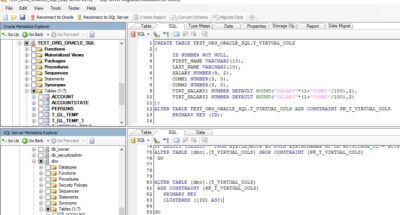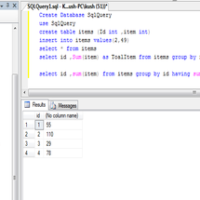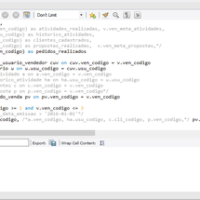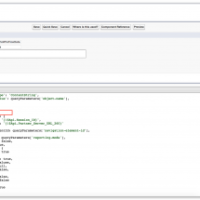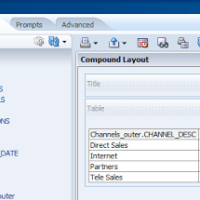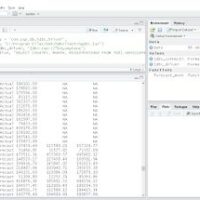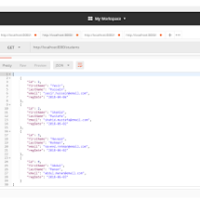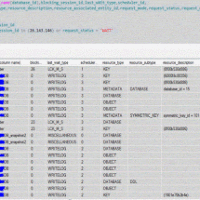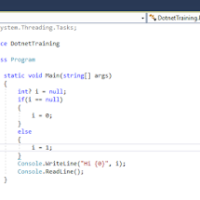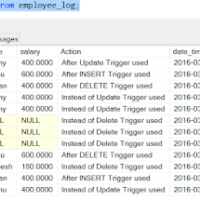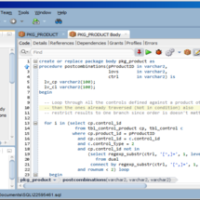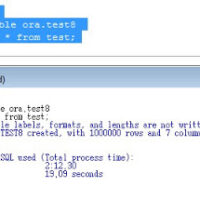Tag: T-SQL
Microsoft SQL Server allows you to import data from an Excel file into a database using the built-in T-SQL language in an SQL query. Today I will tell you in detail how it is done, what...
Today we will consider how to run Python code in a Microsoft SQL Server database, you will learn what you need to do to enable this feature, and how to run Python code using a regular T-SQL...
In this material I will show you how to compare two databases in Microsoft SQL Server with the possibility of further synchronization, while showing a simple way that does not require writing complex...
SQL - in simple words, it is a programming language for structured queries (Structured Query Language), which is used as an effective way to save data, find its parts, update, extract from the...
SQL ALTER TABLE statement is used to add, modify or delete columns in a table. ALTER TABLE SQL statement is also used to rename a table. Add a column to a table SQL syntax of ALTER TABLE...
SQL SUM function is used to return the sum of an expression in the SELECT operator. Syntax for SUM function in SQL SELECT SUM(aggregate_expression_id) FROM tabs [WHERE conds]Or syntax for...
Sql Count Function - COUNT is used to calculate the number of rows returned in the SELECT operator. Syntax for COUNT function in SQL SELECT COUNT(aggregate_expression_id) FROM tabs [WHERE...
SQL literals (strings, integers, decimal numbers and date and time values) are the same as a constant. We will consider several types of literals - string, integer, decimal and date and time...
SQL ALIASES (temporary names for columns or tables) with syntax and examples. SQL ALIASES can be used to create a temporary name for columns or tables.Column aliases are used to make it...
SQL provides a list of common SQL data types. These data types may not be supported by all relational databases. Data Types Syntax data type Explanation (if...
SQL comments - In SQL you can comment on your code like any other language. Comments can appear in one line or take up several lines. Let's take a look at how to comment on your SQL...
SQL EXISTS condition is used in combination with a subquery and is considered satisfied if the subquery returns at least one line. It can be used in the SELECT, INSERT, UPDATE or DELETE...
The IS NULL condition is used in SQL to check the NULL value. It returns TRUE if NULL is found, otherwise it returns FALSE. It can be used in SELECT, INSERT, UPDATE or DELETE. Syntax for IS NULL...
The SQL condition NOT (sometimes called the NOT operator) is used to override the condition in the WHERE sentence of the SELECT, INSERT, UPDATE or DELETE operator. Syntax of NOT condition in...
The SQL condition IN (sometimes called the IN operator) makes it easy to check if the expression matches a value in the list of values. It is used to help reduce the need for multiple OR...
The SQL condition LIKE allows you to use wildcards to match the pattern in the query. The LIKE condition is used in the WHERE clause of the SELECT, INSERT, UPDATE or DELETE operator. Syntax for...





